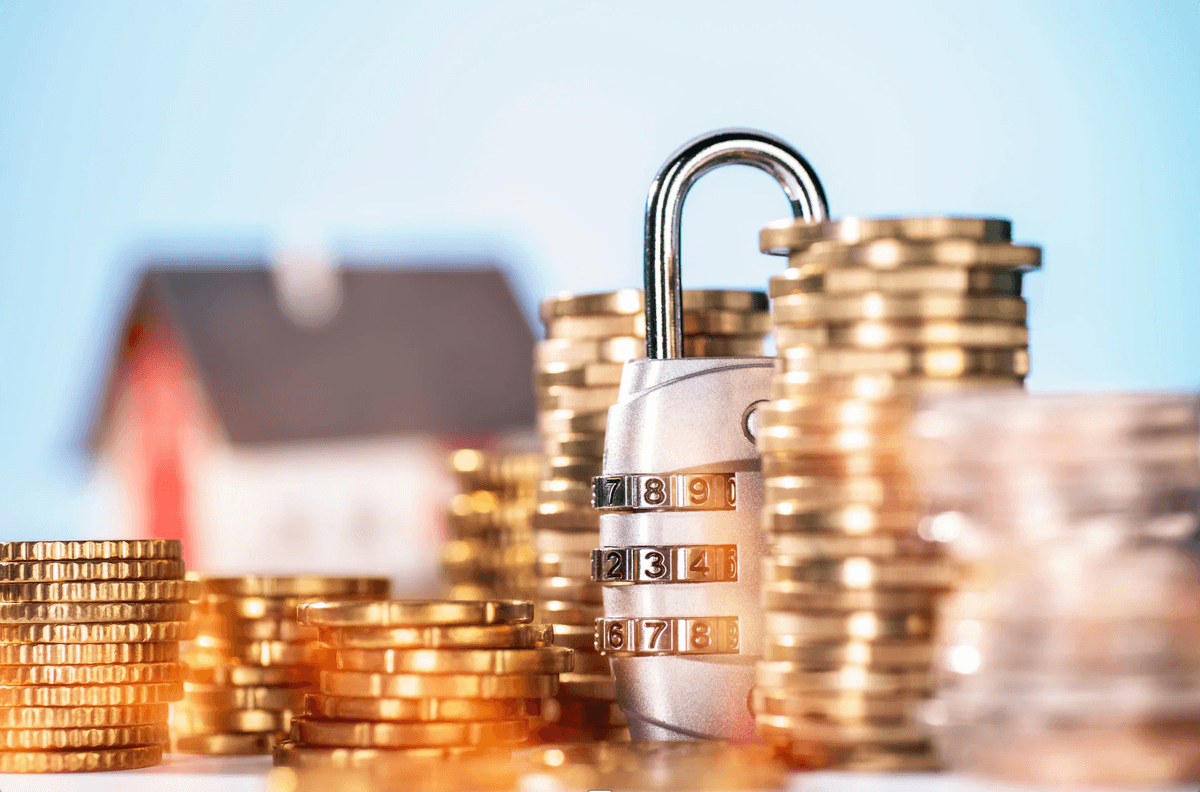
Difference Between Secured and Unsecured Loans
Loans play a crucial role in financial planning, whether for individuals or businesses. Borrowing money allows you to achieve various financial goals, from purchasing a home to expanding a business. However, not all loans are the same. Loans are broadly classified into two categories: secured and unsecured loans. Understanding their differences, advantages, and risks is essential for making informed borrowing decisions.
Grab your Personal Loan Now?
Apply NowWhat is a Secured Loan?
A secured loan is a type of loan that requires the borrower to pledge an asset as collateral. This collateral acts as security for the lender, reducing their risk in case the borrower defaults on repayment. The asset can be property, a vehicle, gold, or any other valuable possession.
Examples of Secured Loans:
- Home Loan – The purchased property serves as collateral.
- Car Loan – The financed car is the collateral.
- Loan Against Property (LAP) – A house or commercial property is pledged.
- Gold Loan – Gold jewelry is used as security.
- Loan Against Securities – Mutual funds, shares, or fixed deposits act as collateral.
Features of Secured Loans:
- Lower Interest Rates – Since the lender has an asset as security, interest rates are lower compared to unsecured loans.
- Higher Loan Amount – Lenders offer higher loan amounts as they are secured by valuable assets.
- Longer Repayment Tenure – Secured loans typically have longer repayment periods, making EMIs more affordable.
- Risk of Asset Seizure – If the borrower defaults, the lender has the right to seize and sell the asset to recover the loan amount.
What is an Unsecured Loan?
An unsecured loan does not require any collateral. The approval of such loans is primarily based on the borrower’s creditworthiness, income stability, and repayment history. Since lenders do not have any security in case of default, they charge higher interest rates on unsecured loans.
Examples of Unsecured Loans:
- Personal Loan – Used for multiple purposes, such as medical emergencies or travel.
- Credit Card Loan – Borrowing money via a credit card.
- Education Loan – Typically unsecured unless a high-value loan is taken.
- Business Loan (without collateral) – Small businesses and startups often use this.
Features of Unsecured Loans:
- No Collateral Required – Borrowers do not need to pledge any asset.
- Higher Interest Rates – Since these loans carry more risk, interest rates are generally higher.
- Lower Loan Amount – Loan amounts are typically lower than secured loans.
- Shorter Tenure – Repayment periods are shorter, increasing the EMI burden.
- Approval Based on Creditworthiness – A good credit score is essential for loan approval and getting lower interest rates.
Key Differences Between Secured and Unsecured Loans
| Feature | Secured Loan | Unsecured Loan |
|---|---|---|
| Collateral Requirement | Required (property, gold, etc.) | Not required |
| Interest Rate | Lower due to lower risk | Higher due to higher risk |
| Loan Amount | Higher | Lower |
| Repayment Tenure | Longer | Shorter |
| Risk for Borrower | Asset seizure risk | No collateral risk but legal action possible |
| Approval Process | Relatively longer due to asset evaluation | Faster, based on credit score |
Pros and Cons of Secured Loans
| Pros | Cons |
|---|---|
| Lower interest rates. | Risk of losing the pledged asset if repayment is not made on time. |
| Higher loan amount eligibility. | Longer loan processing time due to asset valuation. |
| Longer repayment tenure, reducing EMI burden. | Some secured loans have prepayment penalties. |
| Easier approval for borrowers with lower credit scores. | -- |
Pros and Cons of Unsecured Loans
| Pros | Cons |
|---|---|
| No need to pledge any asset as collateral. | Higher interest rates compared to secured loans. |
| Faster approval and disbursal process. | Lower loan amounts due to increased risk for lenders. |
| Can be used for various purposes without restrictions. | Requires a good credit score for approval. |
| -- | Shorter repayment period leading to higher EMIs. |
Which Loan Should You Choose?
Choosing between a secured and unsecured loan depends on several factors, including your financial situation, loan purpose, and risk tolerance.
Opt for a Secured Loan if:
- You need a larger loan amount.
- You are comfortable pledging collateral.
- You seek lower interest rates and longer repayment tenure.
- You have an asset that can be used as collateral.
Opt for an Unsecured Loan if:
- You do not have assets to pledge.
- You need quick access to funds for emergencies.
- You are comfortable with higher interest rates for shorter durations.
- You have a strong credit profile to qualify for competitive rates.
Final Thoughts
Both secured and unsecured loans have their own set of advantages and drawbacks. The right choice depends on your financial needs, repayment capability, and risk tolerance. Secured loans are ideal for those who need larger amounts at lower interest rates, while unsecured loans work best for quick financing without asset pledging. Before applying for any loan, it is crucial to compare options, evaluate terms and conditions, and ensure affordability to avoid financial stress in the future.

